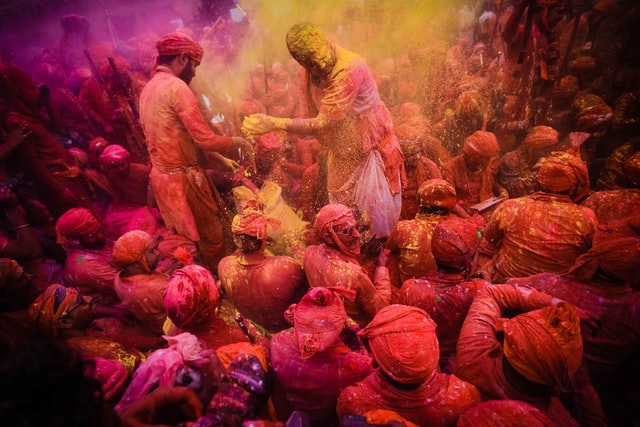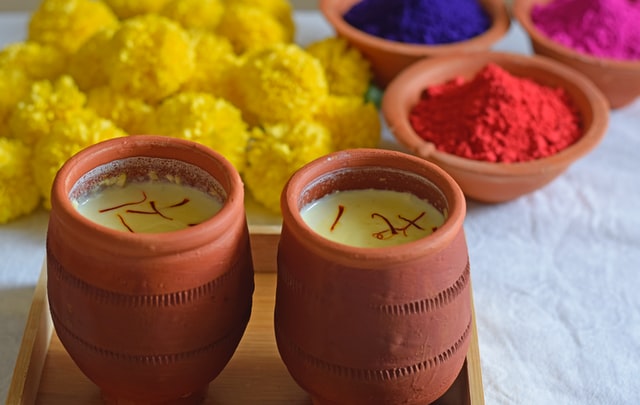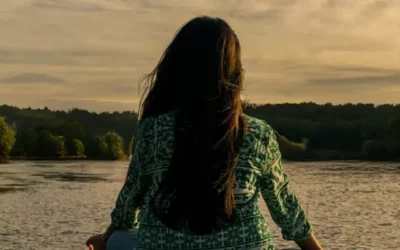Holi, the festival of colours, is now famous all over the world wherever Indians and people of Indian origin live and love. It’s one of the few non-denominational festivals of India. It’s primarily a festival heralding spring, as in many other parts of the world.
Over years and in tradition, Holi has been associated with multiple Hindu mythologies. The festival was also embraced by the Moghul kings and used to encourage engagement with people. In general, Holi is far more popular in the North of India than in the South. Properly celebrated, in a spirit of hope and community spirit, Holi is a wonderful experience integrating people of diversity without prejudice.

Three popular puranic myths are associated with Holi. The first and most well-known is of Holika, the evil aunt of Vishnu’s disciple Prahlad, son of the demon king Hiranyakasipu. Holika tries to kill Prahlad in a fire, and she dies instead, thanks to Vishnu. Vishnu then assumes a half-human half-lion form of Narasimha, as his fourth incarnation, and claws Hiranyakasipu to death. Holi celebrates the death of Holika through bonfires using the harvest leftovers.
In another myth, Holi signifies the courtship of Krishna and Radha, and is celebrated in high spirits in parts of Uttar Pradesh, especially near Brindavan, considered the birthplace of Krishna. In another tradition that is popular in Rajasthan and some other parts of India, Holi is celebrated as the resurrection of Kamadeva, the deity of love, who Shiva burnt into ashes by opening his third eye on being disturbed from his meditation. Shiva restored life to Kamadeva when his wife Rati entreated him, according to this mythology. It is perhaps Shiva’s association that has led to the use of bhang or cannabis in milk as Thandai in several parts of North India to make the celebrations high spirited.

I spent many years in the Northern states of Rajasthan, and later with my wife and children in Uttar Pradesh and the National capital region. I still have vivid memories, good and bad of Holi. In rural parts, Rajasthan and UP people were gentle in celebration, friendly and for the most part, used organic colours from flowers and roots. Bhang (cannabis) in food and drink was common. One memorable Holi afternoon was spent hallucinating colours that would have served me well, had I been an artist. Delhi and its neighbourhood had roads full of roaming starved aggressive Romeos intent on grabbing any woman they passed under the guise of spreading colour, most of which was toxic made of synthetic stuff and often metallic paint.
In rural areas, Holi is the festival of folk music and dance, often ribald, with women mocking men., sometimes physically assaulting them. These articles (1, 2) are about folksongs from different traditions of Holi celebrations. Whichever one you choose to follow, please use plant-based organic colours and not the toxic paint and synthetic colours, which are commonly used today to denigrate men and women in the name of Holi.
Celebrate Holi with respect for the other, especially women, and diversity.



